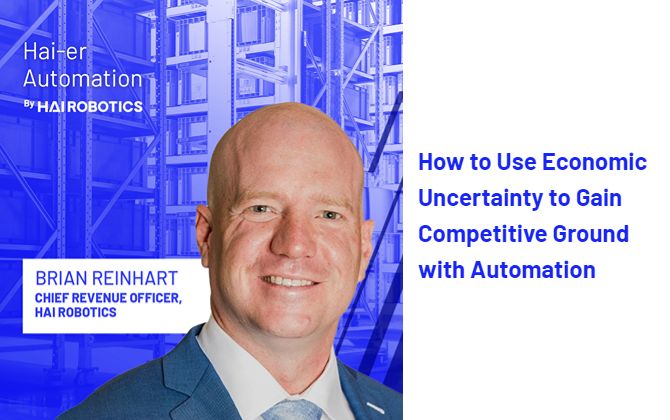Podcast Writeup: 4 Tips to Identify Flexible Robotic Storage Automation
Automation continues to have a large influence in the workforce, and that influence demands new approaches to manage it. As technology marches on, an ever-evolving workplace must find new ways to adapt, and that includes the ways in which it deals with automation. But while some aspects of the workforce can’t change, some things manage to be flexible, such as robotic storage. How does one identify flexible robotic storage automation and make the most of it?
On this episode of Hai-er Automation, host Michelle Dawn Mooney chatted with two people whose jobs are focused on robots and technology: Brian Reinhart, Vice President of Sales, Solutions, and Marketing at Hai Robotics and Zac Boehm, Vice President of Robotic Solutions at Hy-Tek Intralogistics. Mooney, Reinhart and Boehm spoke about flexible robotic storage automation, the future of this technology, and what it actually means to be flexible.
Both Reinhart and Boehm talked about how the very definition of the word “flexible” is not an easy one to pin down. “Flexibility, it’s a relatively new term to the industry, and I think folks are really trying to quantify it,” said Reinhart. “Flexibility, it really is subjective. And so, I think it takes numerous shapes and sizes, but I think Zac hit a key element, and that is, where on the spectrum of effort is required to change or adapt the system? If you have to expand it, if your volume changes, your operation changes. You know, you can throw enough money and people at anything to make it flexible, but can you do it in a cost-effective manner that minimizes disruption, right?” Ultimately, the two agree that it comes down to a company being able to easily adapt to change.
If you found this helpful and you may like to learn tips to help you find the ASRS that can provide the largest return for your facility, download your copy of “6 Critical Tips When Evaluating Automated Storage below.


